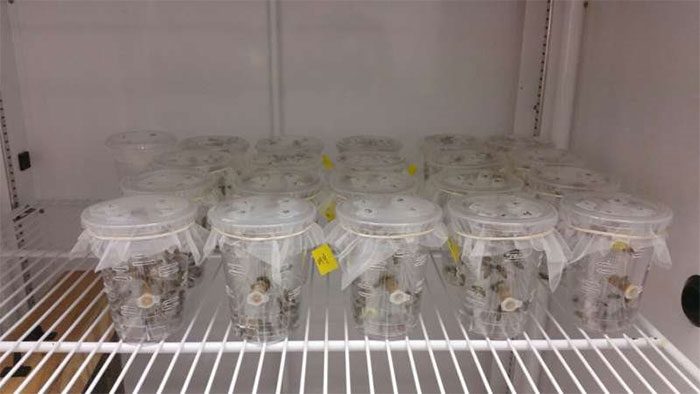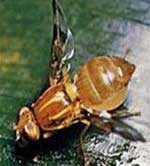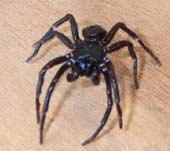A new study by entomologists at the University of Maryland reveals that the lifespan of honey bees raised in laboratory conditions is more than half shorter than it was in the 1970s.
Colony turnover is an accepted factor in the beekeeping industry, as natural bee colonies age and die off. However, over the past decade, beekeepers in the United States have reported high loss rates, meaning they must replace more colonies to maintain their operations.

The overall decline in honey bee lifespan is likely not dependent on environmental factors.
In an effort to understand the causes of this decline, researchers focused on environmental factors, diseases, parasites, exposure to pesticides, and the nutrition of bee colonies. The study indicates that the overall decline in honey bee lifespan is likely not dependent on environmental factors, suggesting that genetic factors may be responsible. The research was published on November 14 in the journal Scientific Reports.
Dr. Anthony Nearman from the Department of Entomology at the University of Maryland and the lead author of the study stated: “We isolated bees from colony life just before they matured, so anything that reduces their lifespan occurs before that point.”
“This brings up the idea of a genetic component. If this hypothesis is correct, it also points to a viable solution to improve the lifespan of bee colonies. If we can isolate certain genetic factors, we might be able to breed honey bees that live longer,” Nearman added.
Nearman first noticed the decline in honey bee lifespan while conducting a study with Associate Professor of Entomology Dennis van Engelsdorp on standard procedures for rearing adult bees in the laboratory. Expanding on previous research, the scientists collected honey bee pupae from hives within 24 hours after they emerged from their wax cells.
Nearman supplemented the bees’ diet with a sugar-water solution to mimic natural conditions. He found that regardless of the diet, the average lifespan of the bees was only half that of those raised in similar experiments during the 1970s. This prompted a deeper examination of laboratory studies published over the past 50 years.
Although the laboratory environment is very different from the wild, historical records of laboratory-reared bees show that their lifespan has decreased by more than half. Scientists also believe that the factors reducing lifespan in this environment would likely occur in other settings as well.
Furthermore, previous studies have indicated that in the natural world, honey bee lifespan is shorter, which corresponds with reduced foraging time and lower honey production that beekeepers in the U.S. have observed in recent decades.
When the research team modeled the impact of reduced lifespan on beekeeping operations, where lost colonies are replaced annually, the loss rate was approximately 33%. This closely resembles the average annual loss rates reported by beekeepers over the past 14 years, which range from 30% to 40% during winter.
Nearman and Dennis van Engelsdorp noted that laboratory-reared bees might be exposed to low levels of viruses or pesticides during the larval stage when they are incubated in the hive and being fed by worker bees. However, these bees did not show clear symptoms, and a genetic component affecting lifespan has been identified in other insect species, such as fruit flies.
The next steps for the researchers will be to compare honey bee lifespan trends across the United States and in other countries. If they find differences in lifespan, they may isolate and compare potential contributing factors such as genetics, pesticide use, and the presence of viruses in local bee populations.





















































